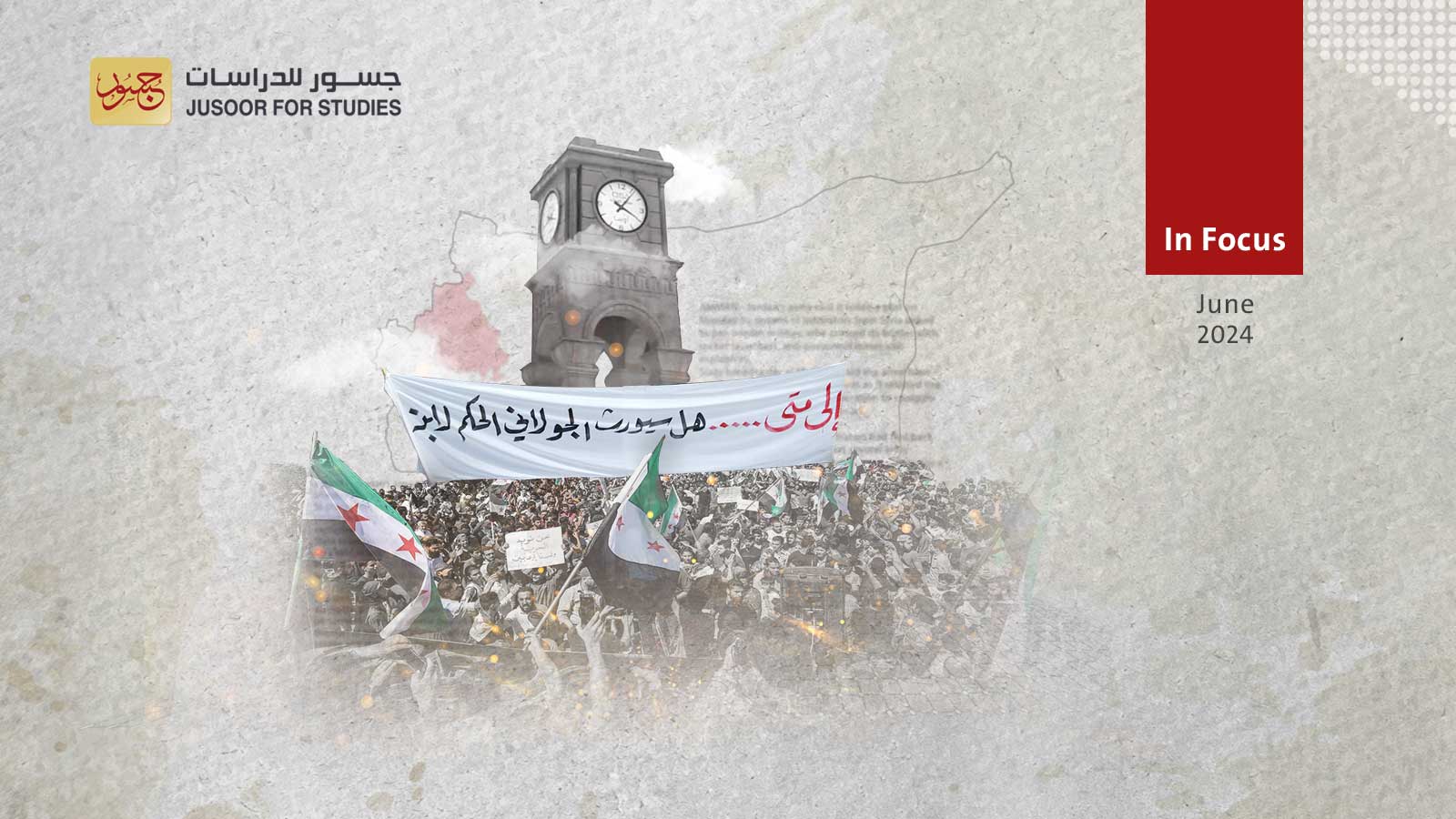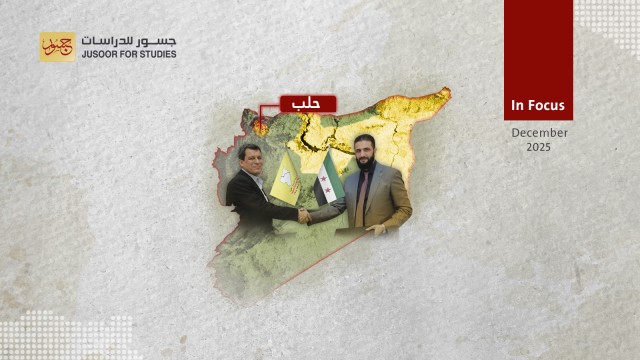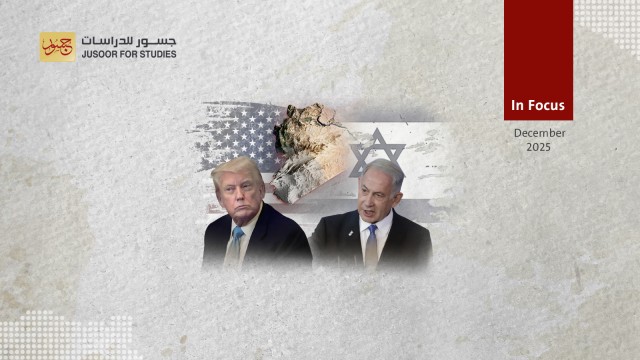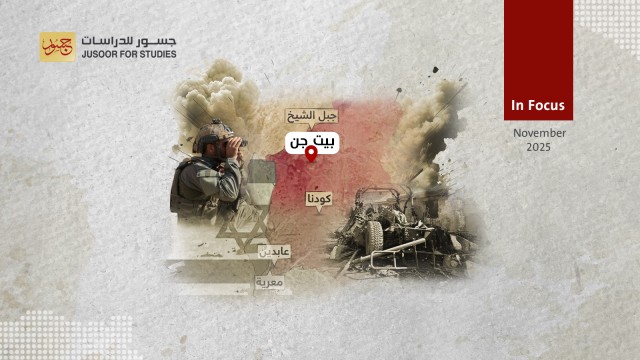Idlib Protestors Struggle to Keep Momentum Against HTS
For months, angry demonstrations have rocked parts of northwestern Syria controlled by Hay’at Tahrir al-Sham (HTS), but the group’s strategy of crushing protests head on and preventing the protest movement from unifying appears to be putting the brakes on its momentum.
The protests broke out in late February after a campaign of arrests and torture of people suspected of infiltrating the Al-Qaeda-linked organization on behalf of various external powers from the Assad regime and Russia to the international coalition against the Islamic State group. Demonstrators demanded the resignation of HTS leader Abu Muhammed al-Jolani, the dismantling of its Public Security Apparatus ( Jihaz al-Aman al-‘Am ), and accountability for perpetrators of abuses.
The demonstrations quickly gathered steam. The first round of Friday demonstrations on March 1 saw gatherings in five locations; the following week they took place at 15 locations in cities and towns across Idlib province and neighboring western Aleppo. After this rapid acceleration, the protests plateaued for around two months.
As the movement entered its third month and organizers stepped up their coordination efforts, the movement managed to break out of this stagnation and expand further. May 3 saw 20 separate protests, including large gatherings in Idlib city, Jisr al-Shughur and the Atma IDP camp near the Turkish border. On May 8, protest leaders announced the creation of the “Assembly of the Revolutionary Movement,” bringing together several currents. Days later, they staged their first sit-in in front of the military court in Idlib, a new method of protest they hoped would have a decisive impact.
Yet the expansion and evolution of the protest movement sparked fears on the part of HTS, which stepped up its efforts through a new, heavy-handed approach. On May 14, it dispersed the courthouse sit-in and deployed its forces in cities and on the junctions of major highways to pre-empt any protests in response. Three days later, HTS crushed protests in Jisr al-Shughur and the road between Idlib city and Binnish, as well as preventing them from holding any demonstrations in more central locations. Next, it launched a wave of arrests of protest organizers.
In parallel with this securitized approach against the movement, HTS has sought to contain the demonstrations by making a show of willingness to negotiate with protest leaders. It announced that it accepted the recommendations of a reform initiative, following its armed attacks in both Jisr al-Shughur and on the Idlib-Binnish road. It also withdrew its gunmen, although this was mainly in order to gain the upper hand in negotiations. Indeed, HTS sabotaged talks with the movement’s overall leadership, quickly launching separate talks with smaller, local currents instead.
The limited public reaction to the dispersal of the military court sit-in, the crushing of the Jisr al-Shughur and the highway protests, and the muted response to the protest movement’s calls on May 24 for civil disobedience in response to the detention of protesters by HTS, all encouraged the jihadists to press onwards with their combined policy of containment and confrontation.
The protest movement thus entered its fourth month in a state of gradual decline, which may hobble its ability to attract new support from different sectors of society. HTS continues to thwart its attempts to evolve, to stage sit-ins or large, centralized demonstrations, and to gain cohesion among its various currents.
In general, HTS’s strategy of confrontation and containment appears to be weakening the movement, but that does not mean that it is able to put an end to the protests entirely. Indeed, the use of force may push more groups in society to join the protests, or at least to protect them in various ways, especially as deteriorating economic and living conditions in HTS-ruled areas could augment public dissatisfaction towards the group.
This dynamic may be exacerbated by the absence of any prospect for a political solution, deepening the general atmosphere of despair and leading to larger waves of protest as HTS fails to offer any tangible improvement to people’s lives.
That said, the anti-HTS movement faces many challenges. Its disparate components have not yet reached consensus on a political vision of what would come after its achieves its goals of overthrowing Jolani and dissolving the Public Security Service. The movement’s various components continue to lack cohesion—a weakness that HTS is making every effort to exploit.








